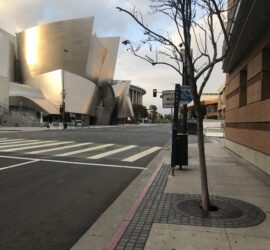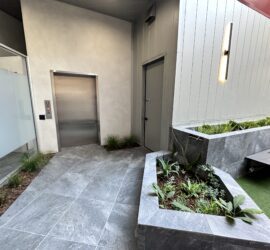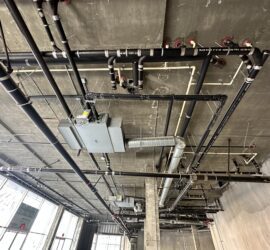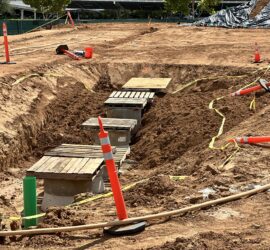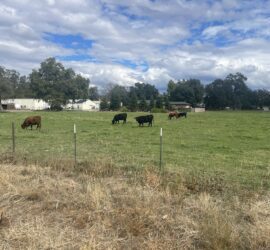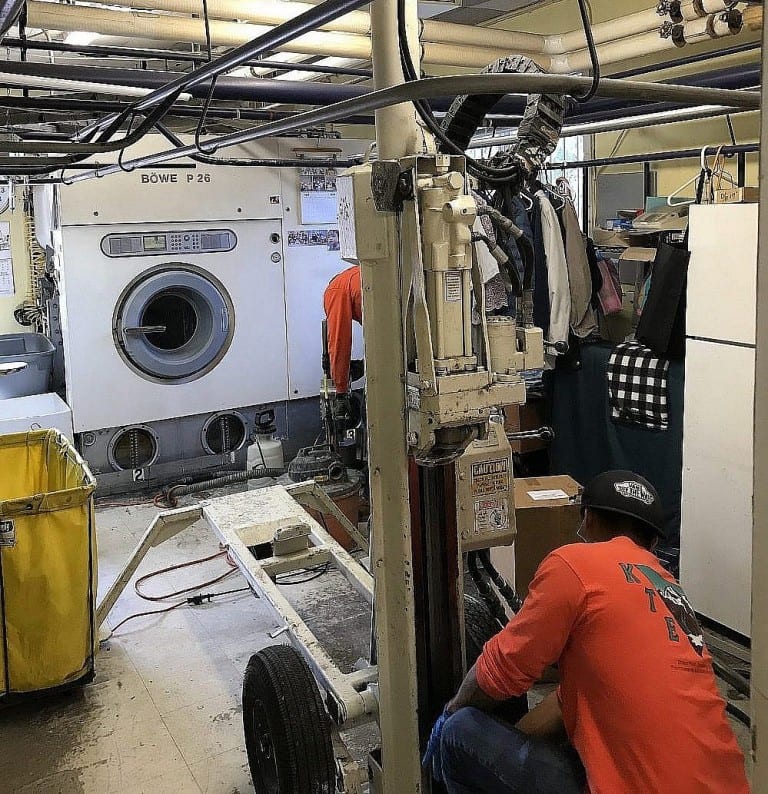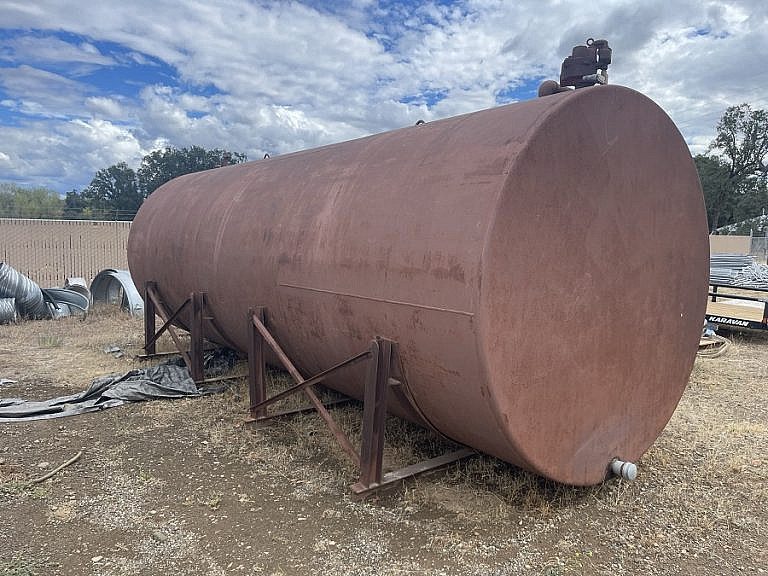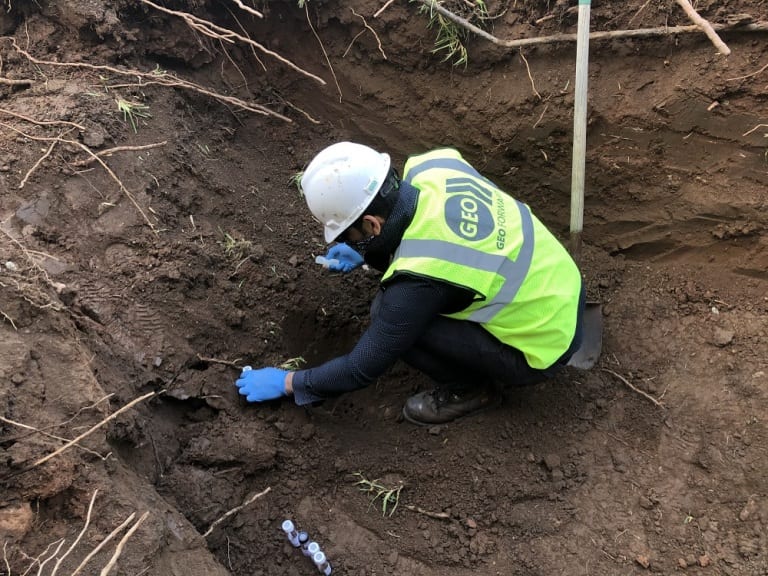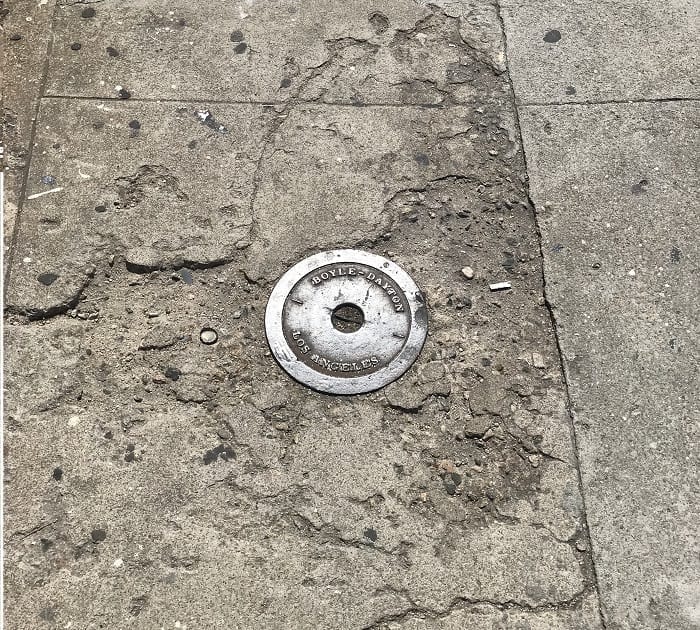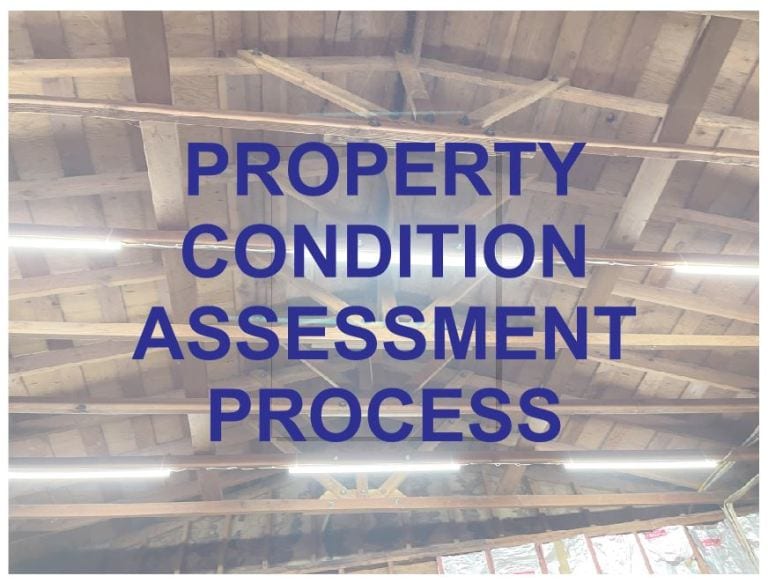Phase 2 Environmental Recommendation
In some cases, there may be a Phase 2 Environmental recommendation for a property, resulting from a Phase 1 Environmental Site Assessment. Typically, this occurs when one or more Recognizable Environmental Conditions indicate the possibility of subsurface contamination. For instance, a property with an in-place underground storage tank (UST) can likely be the root cause of soil and groundwater contamination at an industrial site. Similarly, aboveground operations comprising hazardous materials usage and waste generation can also pollute the subsurface. This article aims to assist consumers with understanding how Phase 2 ESA recommendations come about during Phase 1 Environmental Assessments. Additionally, this article discusses some of the scope processes and expectations of a Phase 2 Environmental Report. Updated April 10, 2024.
Phase 1 Environmental Reports
The Phase 1 ESA process comprises a rigorous review of a property’s history, land use, waste-generation records, and more. Sometimes, a property can appear harmless in regard to environmental issues. But the use of it just fifty years in the past may be different. For instance, if a property with a retail store today, was a gasoline service station in the mid-1900s, there might be a chance that underground storage tanks remain in place. At this point, a Phase 2 Environmental Report, Underground Tank Removal Project and contamination remediation by excavation project may be the next steps.
Qualifiers for Recognized Environmental Conditions
Each property is different and can have multiple purposes in its land-use history. As a result, there are a variety of possible environmental conditions and concerns that can pop up during the environmental due diligence period. Some of the obvious environmental conditions tend to be hazardous waste containers, such as 55-gallon drums, underground storage tanks, or above-ground tanks. Especially when observed without secondary containment spill protection systems, or without proper labeling and disposal records. Other less obvious recognizable environmental conditions are the actual usage and generation of hazardous materials on a property. The existence of any floor draining, dumping, or three-stage sewage clarifying systems are extension of these liabilities. These are only
Other Types of Conditions Leading to Phase 2 Environmental
Besides Recognizable Environmental Conditions, there are other onsite conditions that may warrant further investigation. For instance, a Historical Recognizable Environmental Condition is a past release that usually doesn’t follow Phase 2 ESA recommendations, but in some cases might. Similarly, Controllable Recognizable Environmental Conditions are RECs that may have already reached corrective action. However, sometimes they may warrant the recommendation for a Phase 2 Environmental. Another possible scenario is an “Environmental Issue,” which typically doesn’t result in further assessment. However, it does warrant some recommendations for precautionary notes. For instance, potential asbestos-containing materials in buildings.
Stick with Standard Turnaround Times
Frequently, consumers request faster turnaround times with Phase 1 Environmental Site Assessment reports. Although, the Phase 1 ESA research process doesn’t entail quality results with such short turnaround times. For instance, a standard timeframe is approximately 15 business days. This is the proper amount of time for all local, state, and federal regulatory agencies to respond to the environmental professional with files on the subject site. Thus, a proper report, without any data gaps, is deliverable to the Client, with all reviewing entities and agencies satisfied. Alternatively, if the environmental professional has to produce and deliver the Phase 1 ESA in 5 business days, they will likely have to report all environmental files missing from the report. And this constitutes “data gaps,” resulting in the likely rejection by lenders and regulators. Interestingly enough, a rush report costs more.
Phase 2 Environmental Reports
The Phase 2 ESA process involves the drilling and collection of subsurface samples, for laboratory analysis. This is an extensive portion of the environmental due diligence reporting process. The overall goal is to determine whether contamination exists or not and satisfy the All Appropriate Inquiries (AAI) rule. There are variable scopes of work in relation to the Phase 2 ESA process. As a result, consumers can typically expect different prices and scopes of work by various consultants. Nonetheless, it is important to understand that not all scopes are equal. A low-cost Phase 2 ESA typically amounts to a less-than-acceptable scope of work.
Scopes of Work to Expect
Following the standards of the American Society for Testing and Materials ASTM E-1903, the scope of work must tactically address contamination concerns, as per the type of pollution source, as well as the chemical of concern. For instance, when testing above-ground storage tanks (ASTs) containing high-viscosity oils and sludge, standard practices comprise testing soil and soil-gas, no shallower than 10 feet below grade. Alternatively, when testing underground storage tanks (USTs) containing low-viscosity fuels, standard practices comprise testing soil, soil gas, and groundwater, no shallower than 30 feet below grade. And depending on what the specific fluids are in each container, a specific list of laboratory analyses must occur to detect pollution.
Conclusions from Phase 2 ESA Screening Levels
The final conclusions and recommendations of a Phase 2 Environmental aren’t subjective. In fact, the environmental professional performing the assessment must compare results to the applicable Phase 2 Environmental Screening Level numbers. Any such exceedances are typically the result of contamination remediation after the Phase II ESA process. An assessment showing no detections, or slight detections below the appropriate screening level numbers typically concludes “No Further Action.”
Prices
The cost of a Phase II Environmental Site Assessment differs from site to site. Some properties are smaller in nature and comprise lesser quantities of RECs. As a result, the prices can range from $4,500 to $8,000. However, other sites are larger and comprise numerous RECs. Moreover, groundwater depth conditions and access limitations can impact the cost of drilling, permitting and laboratory analysis. Thus, some Phase 2 ESAs can be as high as $25,000 at times.
General Turnaround Times
In general, one can expect a standard Phase II Environmental project to reach completion within approximately 15 business days. This is usually the timeframe necessary to ensure that all drilling and sampling permits are clear, all site access limitations are met, and all fieldwork and laboratory analyses are complete. Additionally, a professional geologist and engineer must review the data and prepare a report with conclusions and recommendations. Alternatively, rush turnaround options are available. Some of which can be as quick as 5 business days.

